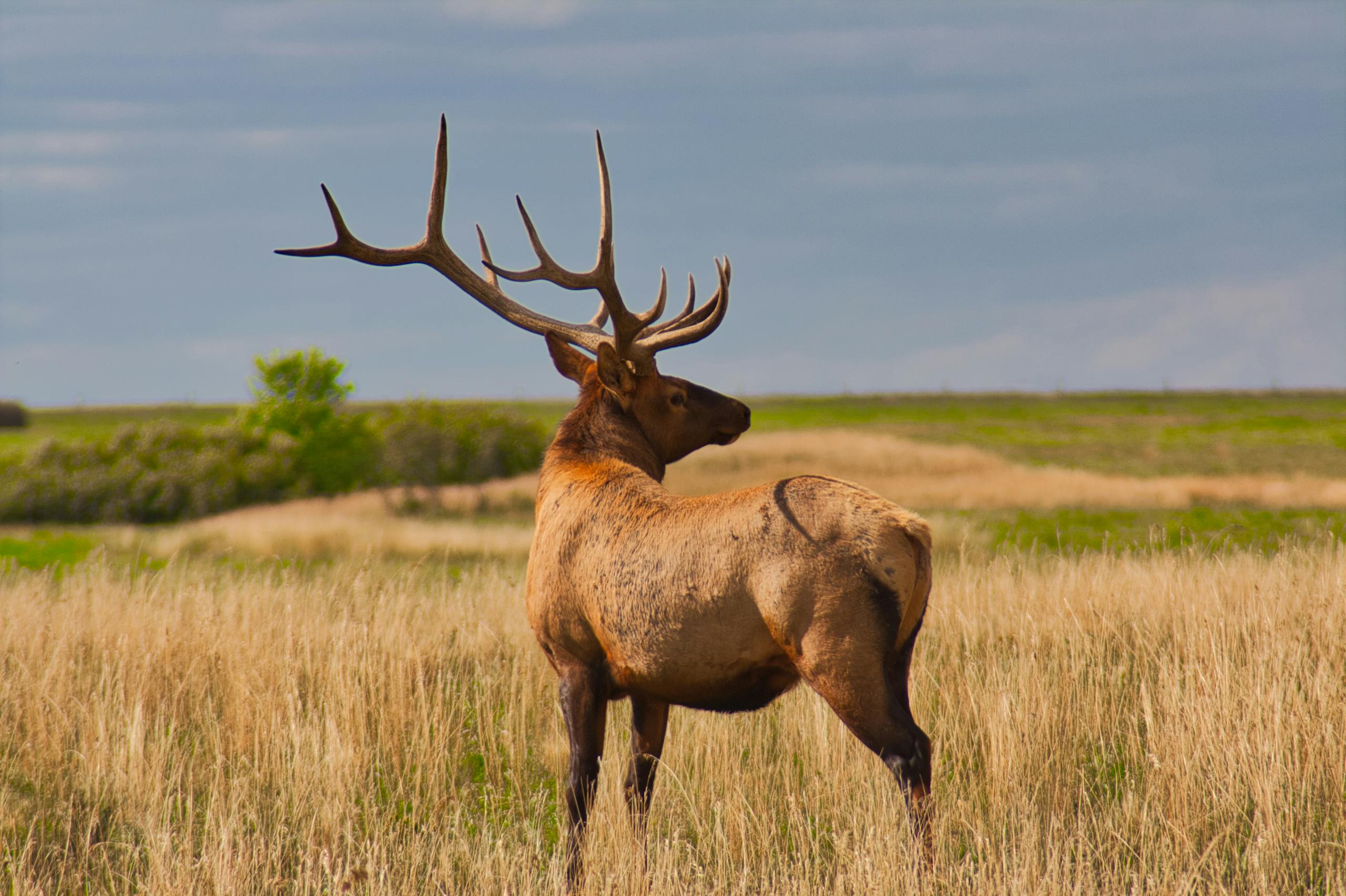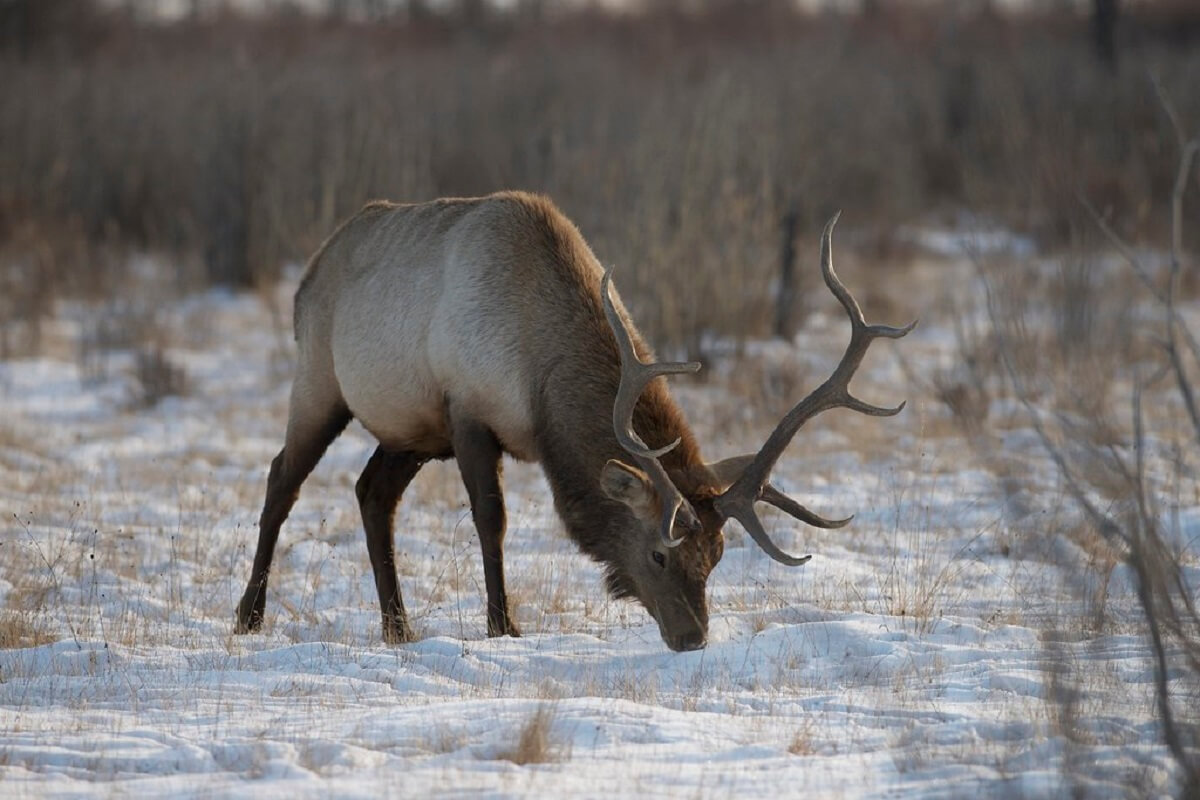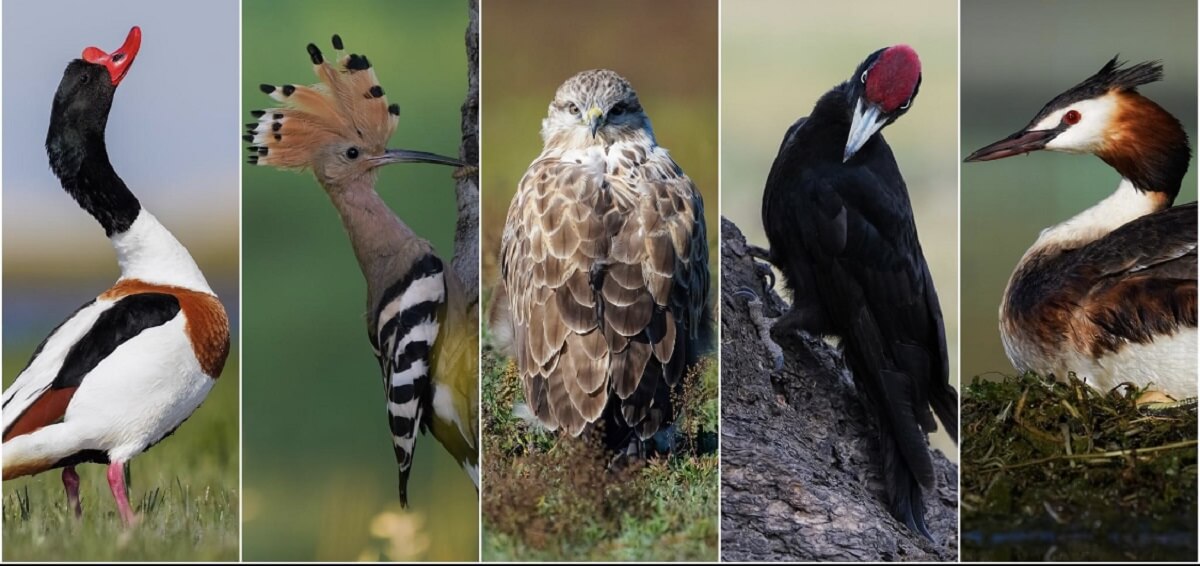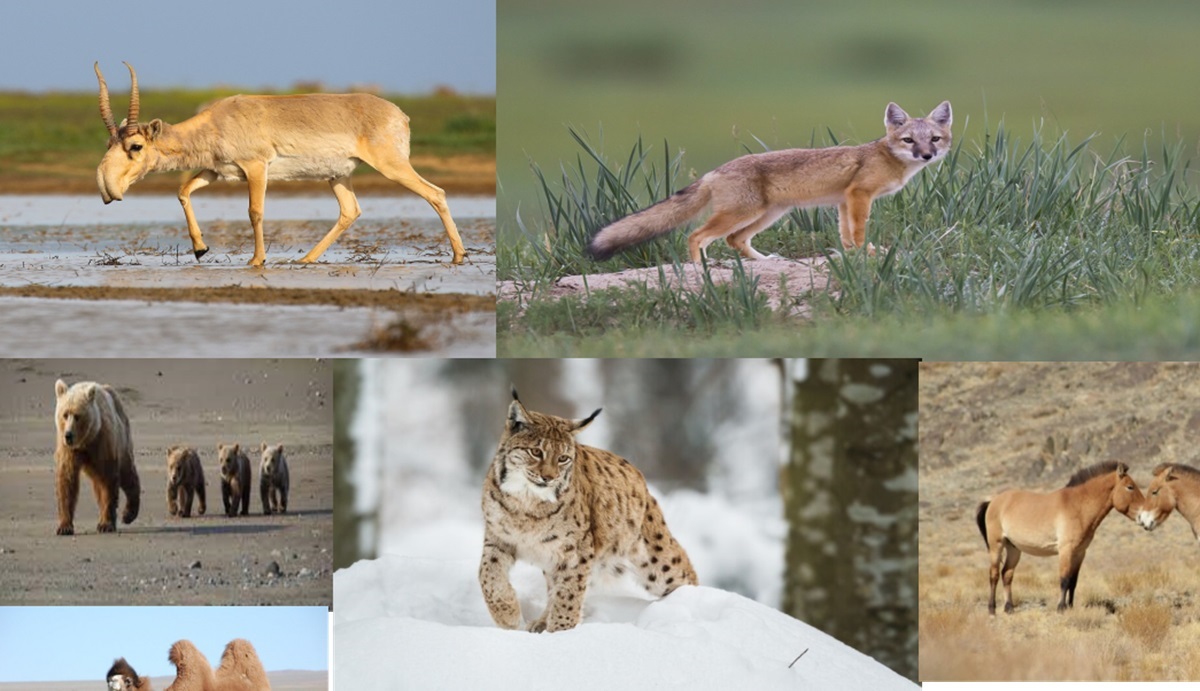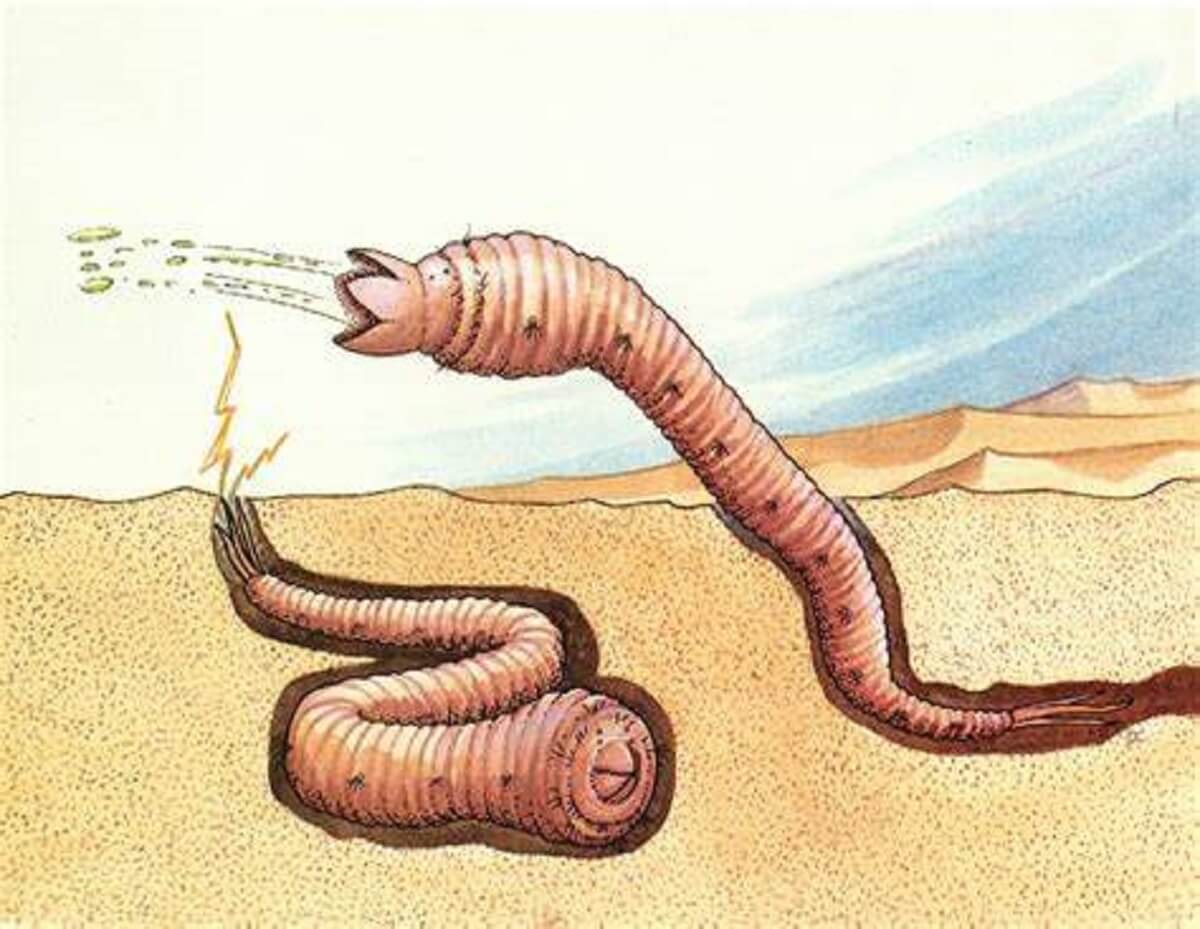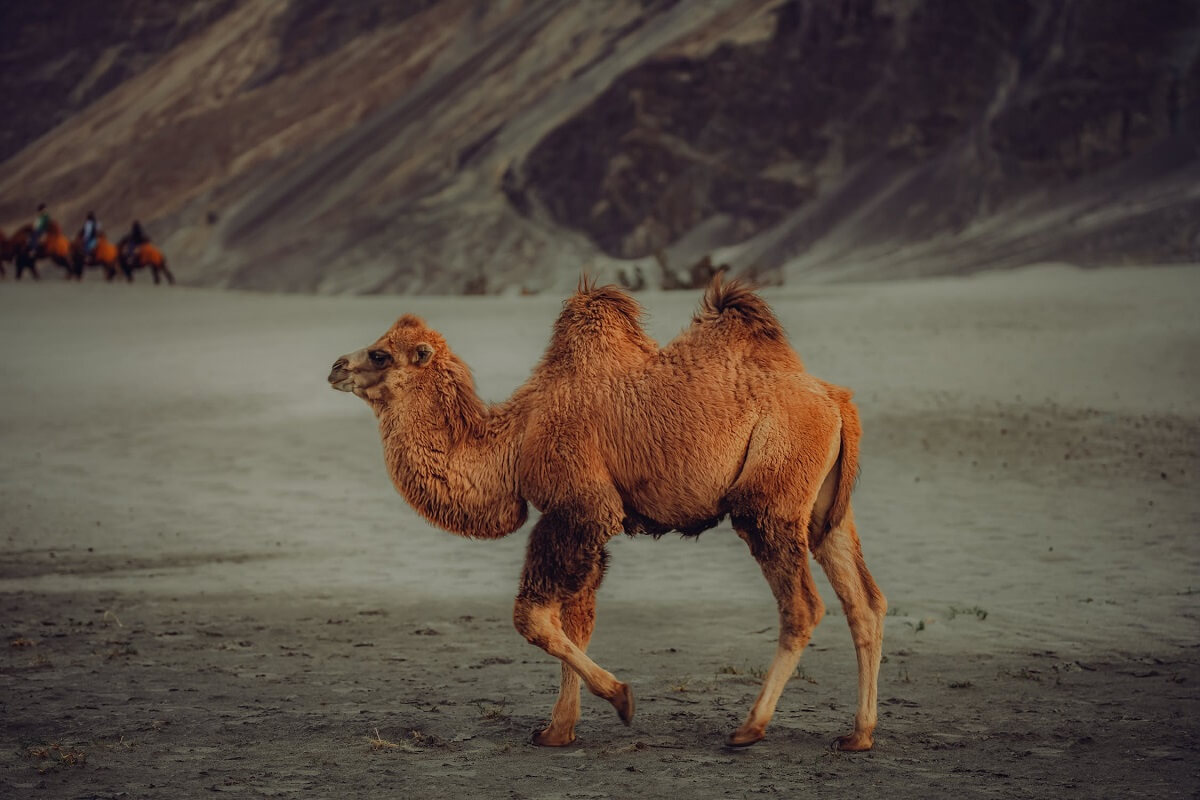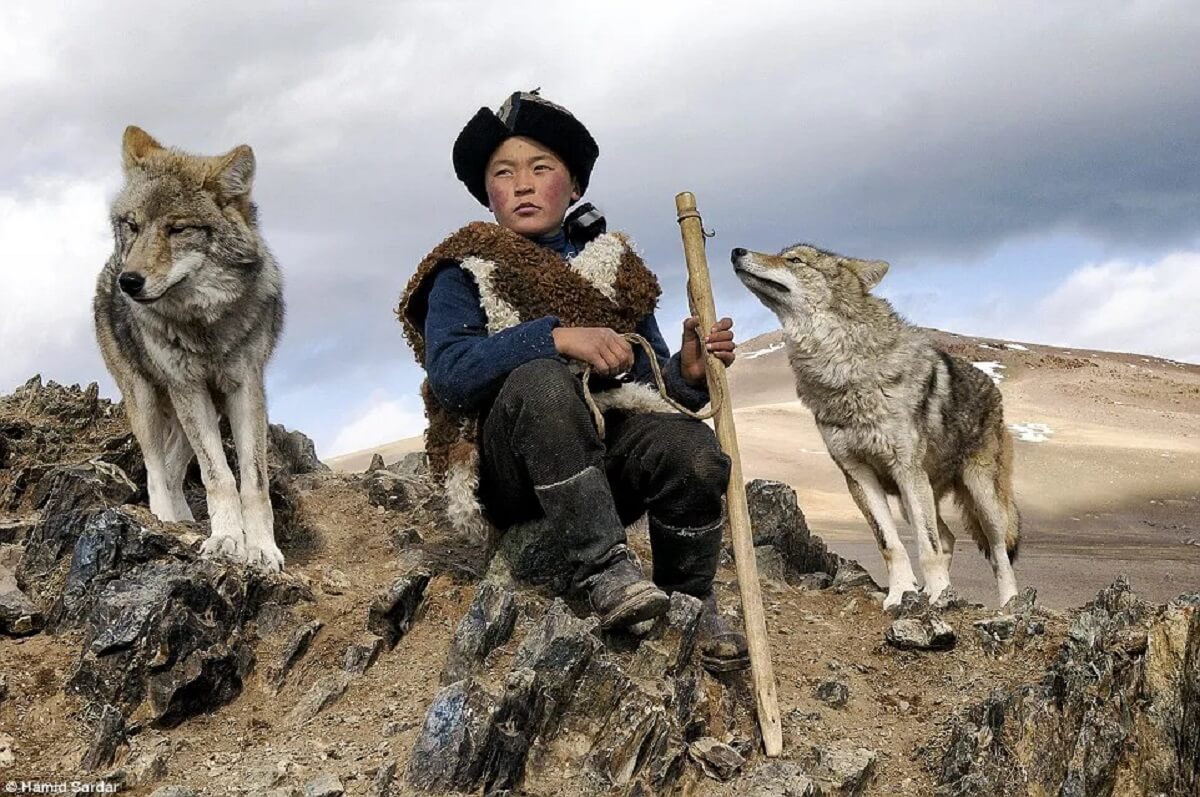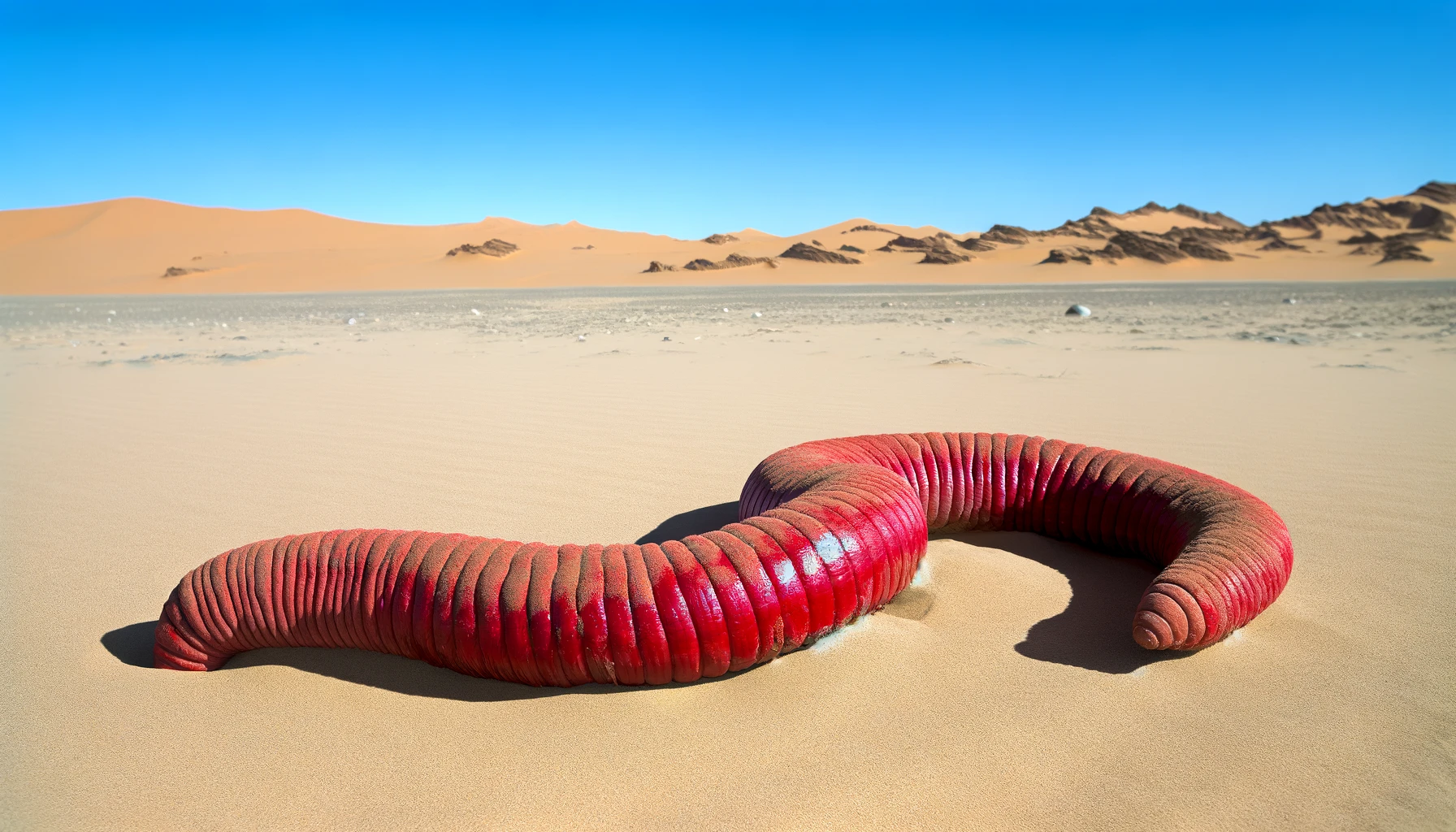Snakes are cool creatures in Mongolia! They slide around on the ground and come in lots of different types. Some live in the Gobi Desert, and others hang out in the big, hilly areas.
These sneaky guys are super important for keeping nature in balance in Mongolia. They do a lot to help the environment stay just right.
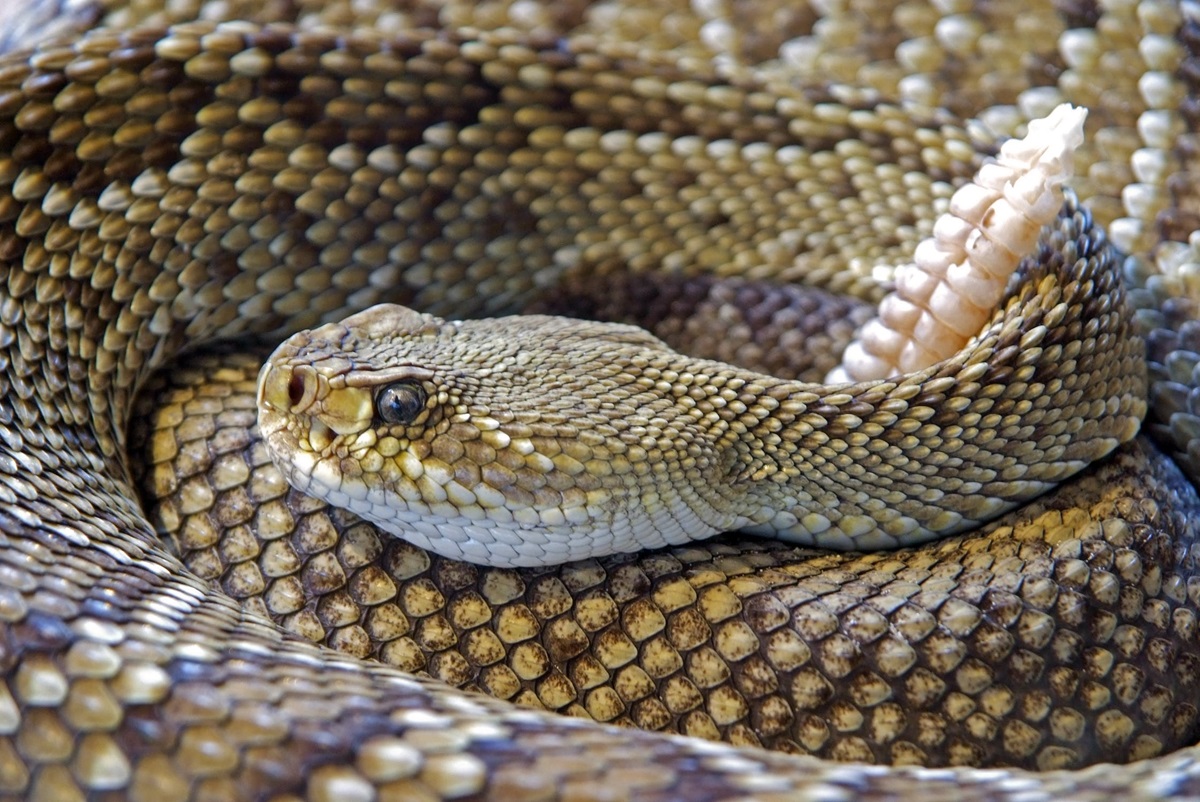
Types of Mongolian Snakes
- Gobi Viper (Pseudocerastes saxicola): Imagine a snake perfectly adapted to the harsh, rocky landscapes of the Gobi Desert. The Gobi Viper fits this description flawlessly. This snake is like a stealthy ninja in the rocks! Its colors help it hide really well, making it a total pro at blending in with the rocky ground. It’s like nature’s own camouflage expert.
- Mongolian Racerunner (Eremias argus): This snake, often mistaken for a lizard due to its long, slender body and rapid movements, is found in various habitats, including deserts and semi-deserts. Don’t let its name fool you; it’s not a racer, but it’s certainly swift in its movements.
- Steppe Viper (Vipera ursinii renardi) : With a distinctive zigzag pattern running along its back, the Steppe Viper is a venomous snake found in grasslands and rocky areas. Even though this snake has a bit of venom, it’s actually a hero in the wild! It helps keep the number of rodents in check, which is super important for keeping the environment in balance. So, it might have a dangerous side, but it’s doing a crucial job for nature.

Interesting Facts about Mongolian Snakes
1. Adaptation to Extreme Environments:
Mongolian snakes have evolved unique adaptations to survive in the challenging climates of their habitat.
These snakes are real survivors! They live in the super hot Gobi Desert and the cooler mountain places.
Even with such different temperatures, these clever snakes have figured out how to not just survive but actually do really well in these places. They’re like the ultimate adaptability champions!
2. Role in Local Folklore:
Snakes, being mysterious creatures, often find a place in local folklore. In Mongolian culture, snakes are sometimes associated with both positive and negative symbolism.
These snakes have a bit of a double personality in stories. Sometimes, people see them as symbols of protection and wisdom, kind of like guardians.
But on the flip side, they can also be seen as symbols of danger and trickiness, like they’re up to something sneaky.
It’s like they have a bit of both good and tricky vibes in the tales people tell.
3. Conservation Challenges:
Despite their importance in maintaining ecological balance, Mongolian snakes face threats due to habitat loss and climate change.
We really need to work hard to keep these special snakes around and protect the variety of life in Mongolia.
By putting effort into conservation, we can make sure these unique snake species stick around, and we preserve the mix of plants and animals in the Mongolian places they call home.
4. Varied Diet:
Mongolian snakes exhibit a diverse range of diets, depending on their species and habitat.
These snakes are like nature’s pest control experts! Some of them really like munching on rodents, which helps keep those pesky creatures in check.
And then there are others that prefer snacks like insects or other small animals. So, they’re kind of like the guardians of the animal kingdom, making sure everything stays in balance.
5. Mating Rituals:
Like many other snake species, Mongolian snakes have fascinating mating rituals. These rituals often involve intricate displays and behaviors, showcasing the wonders of nature’s diversity.
In conclusion, Mongolian snakes, with their diverse types and captivating behaviors, add an extra layer of intrigue to the rich tapestry of Mongolia’s wildlife.
From the vast expanses of the Gobi Desert to the lush grasslands, these serpents play a vital role in maintaining the delicate balance of their ecosystems.
As we delve into the world of Mongolian snakes, let us appreciate the beauty and importance of these remarkable creatures in the mosaic of nature.

